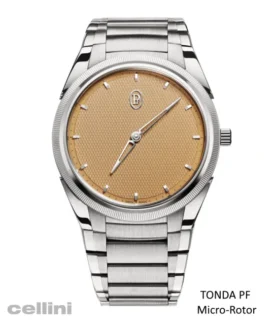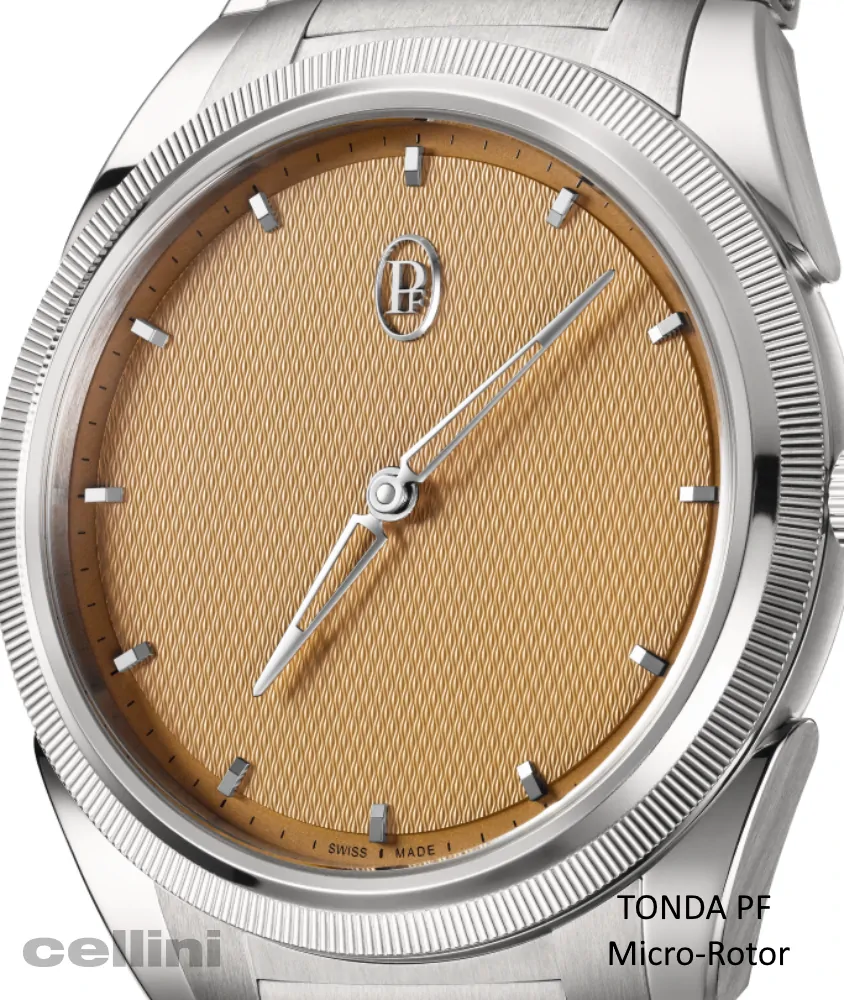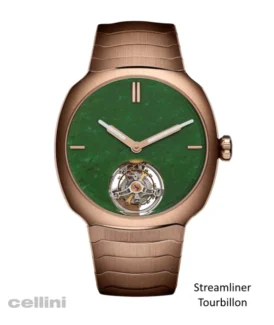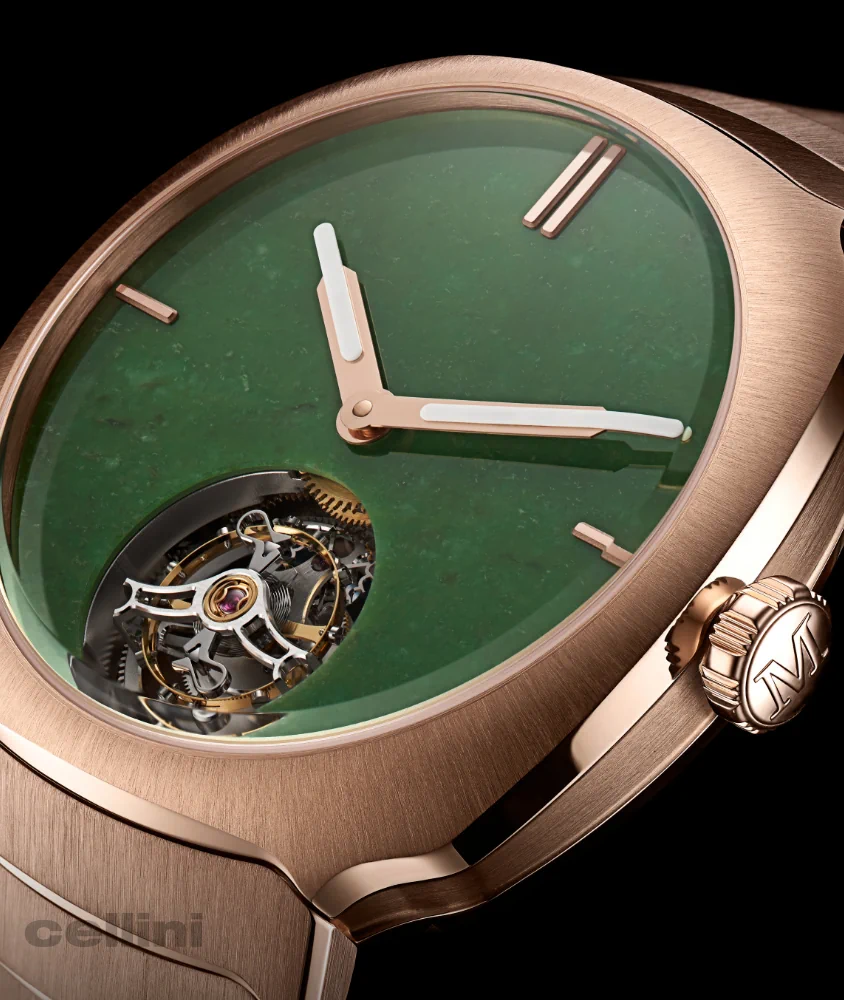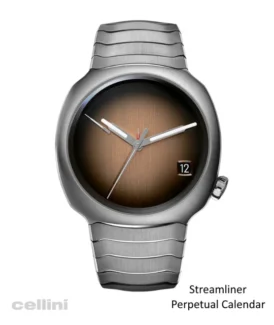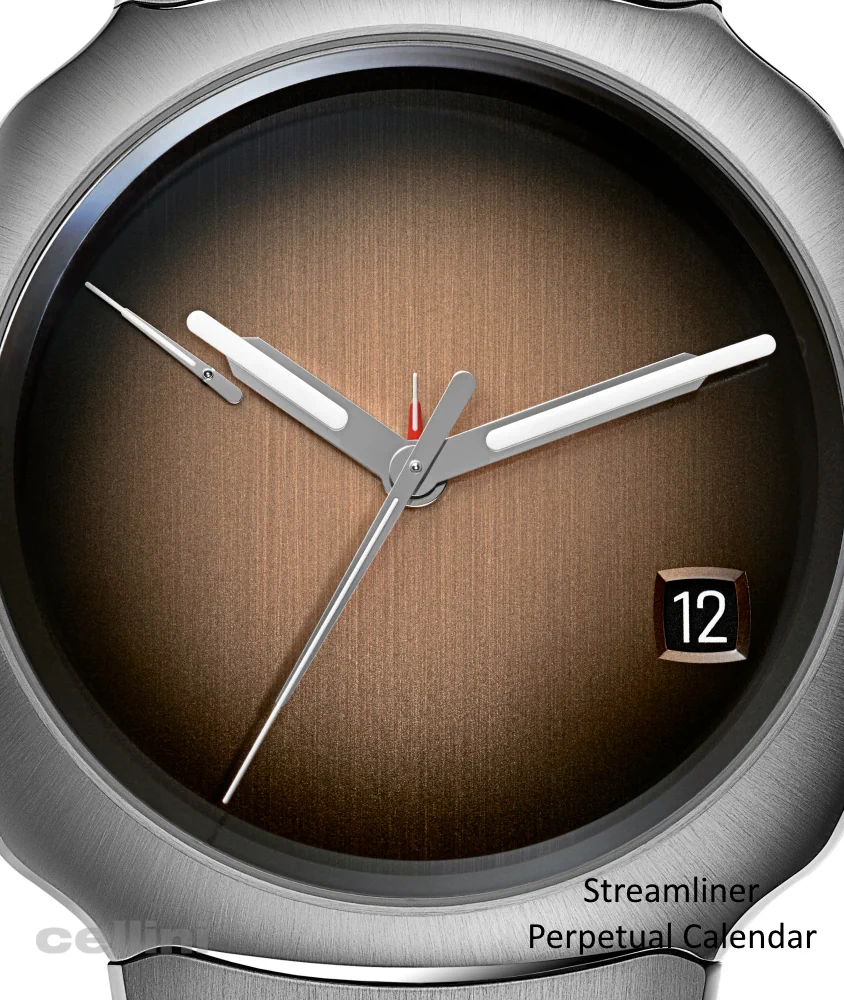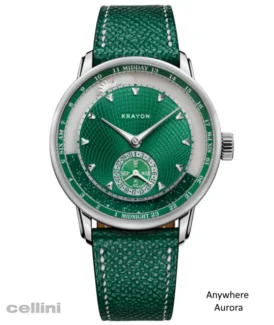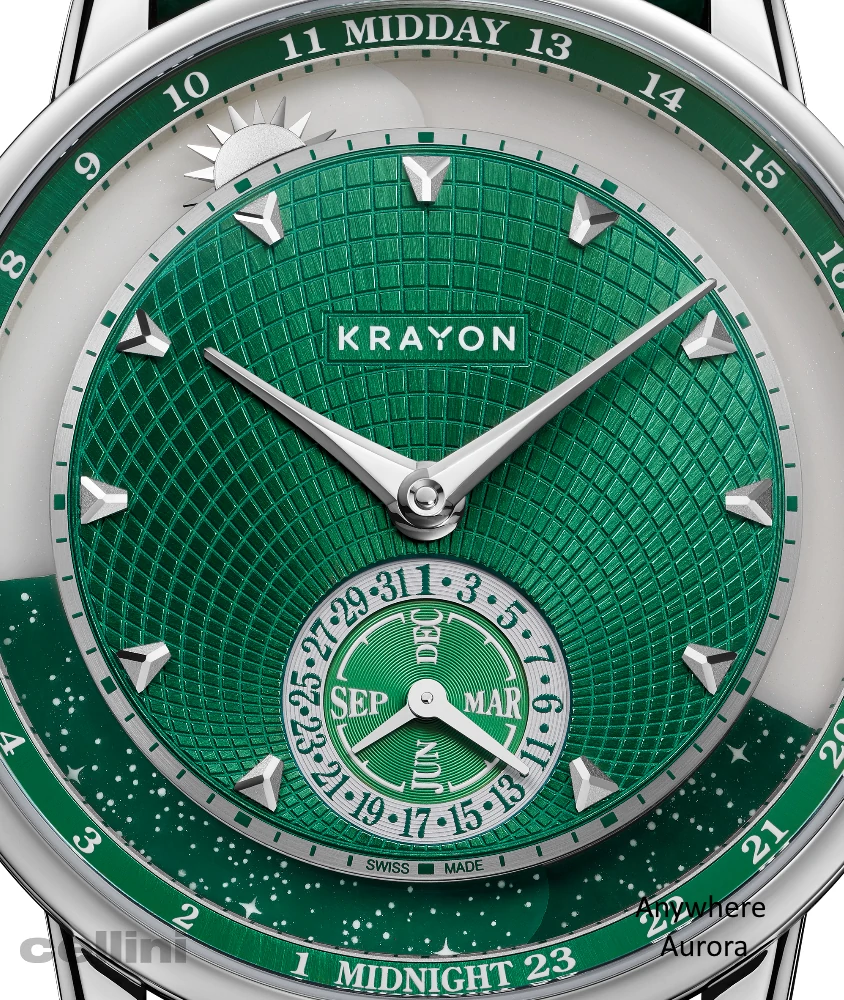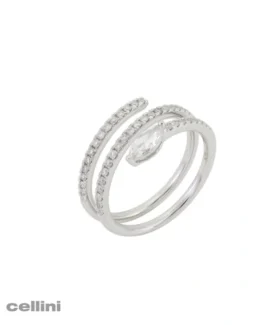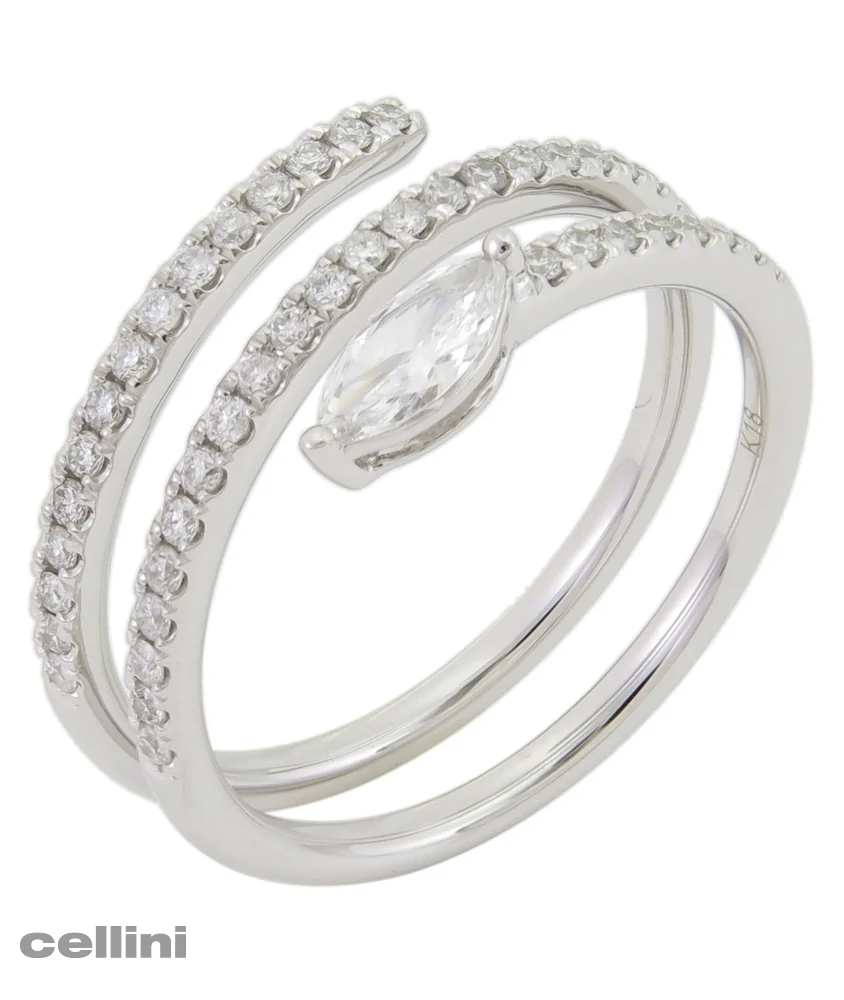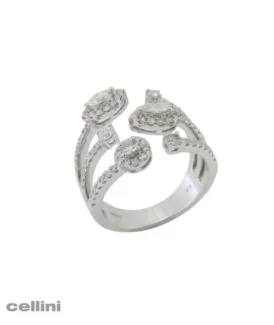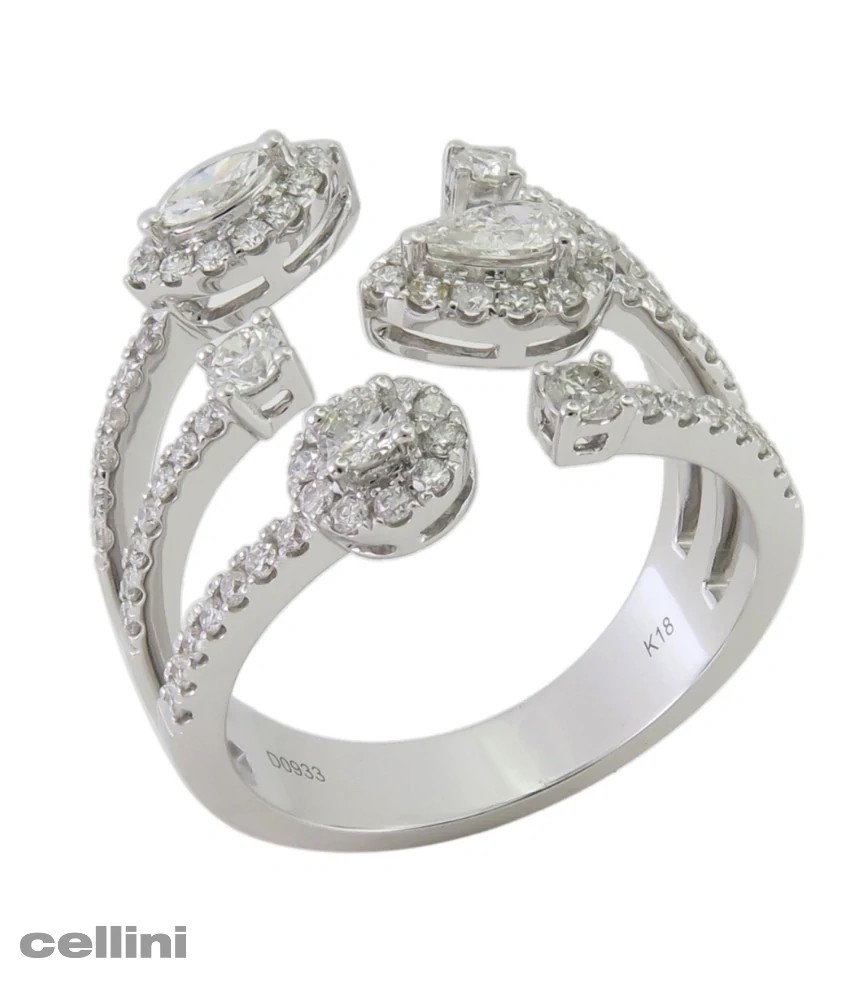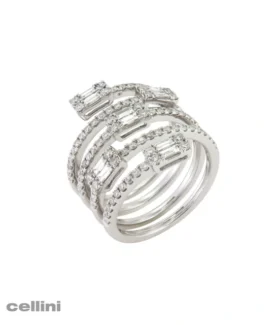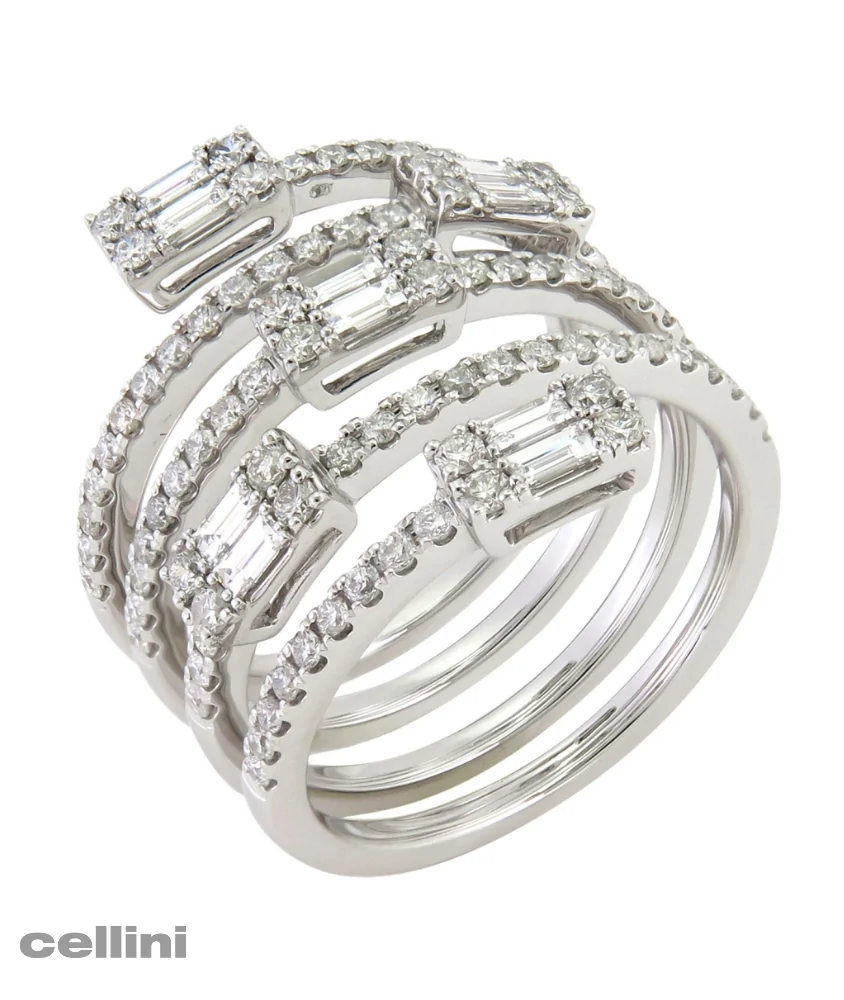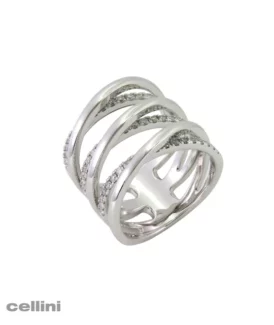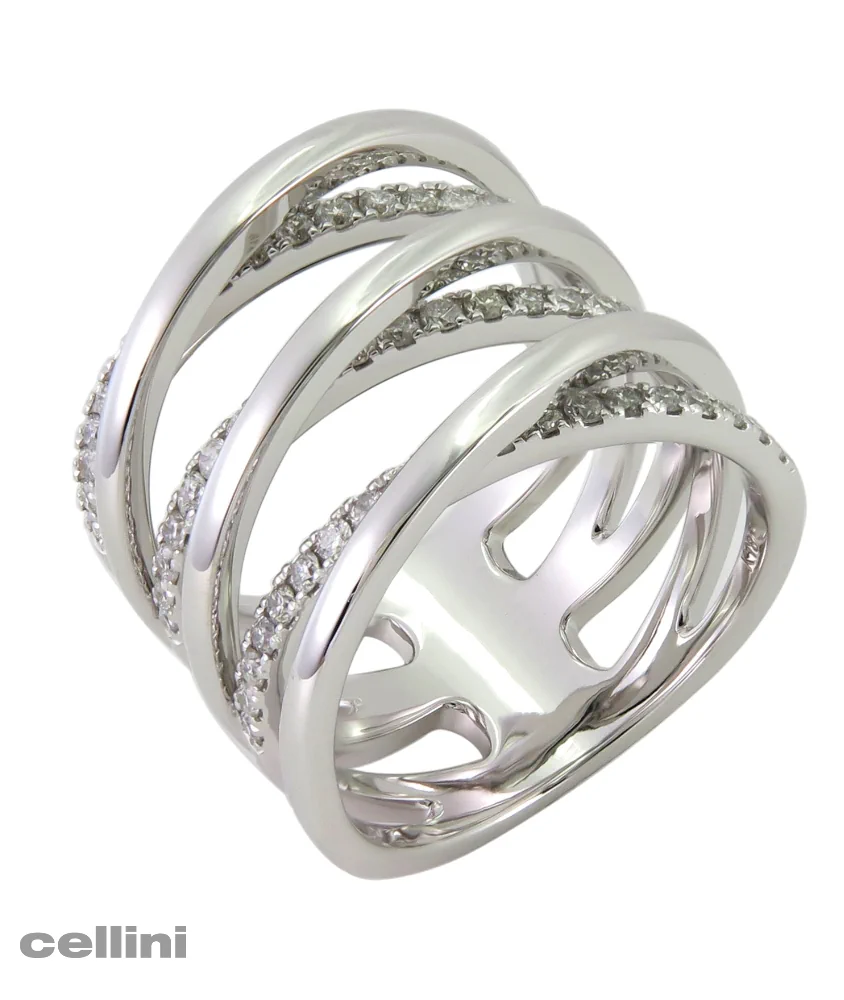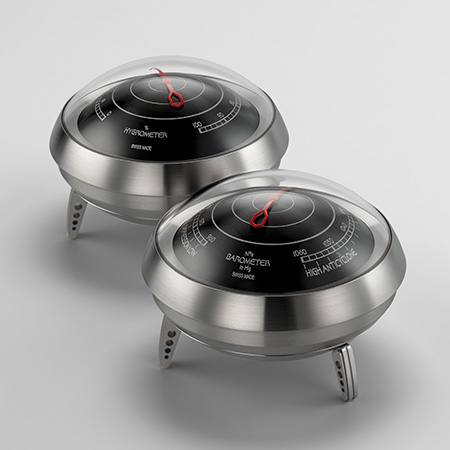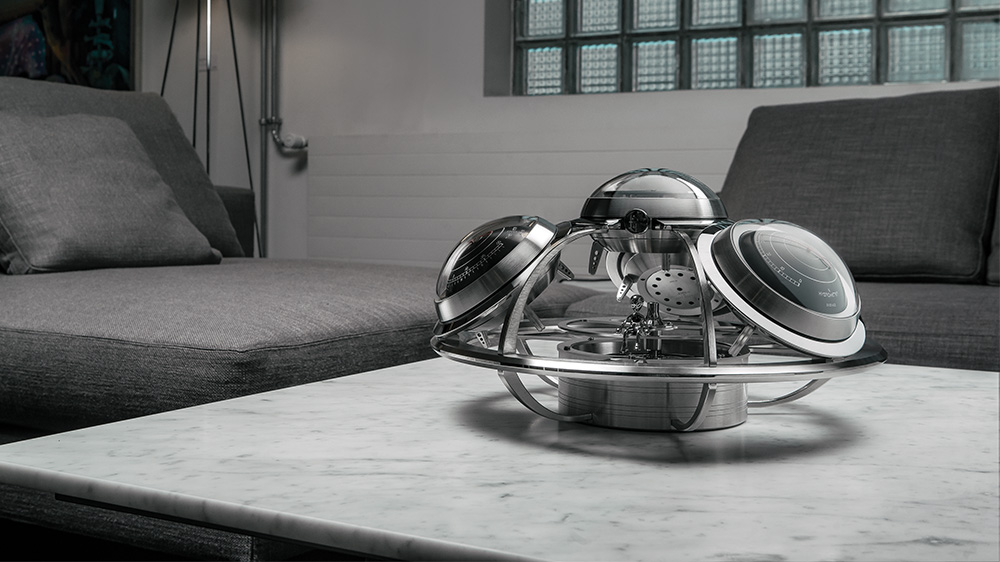
The Fifth Element: An Intergalactic Weather Station
The Fifth Element is an intergalactic horological weather station enabling accurate weather forecasting even when the power goes down. Four (UFO) elements: clock, barometer, hygrometer, and thermometer combine in a mothership (with Ross, the alien pilot) to create an entity much larger than the sum of its parts: The Fifth Element.
An analog weather station might at first glance appear anachronistic; however, when the storm hits and the power goes down, the Fifth Element will still work perfectly. And, in the worst-case scenario, you can hitch a ride off planet Earth with Ross.
MB&F founder Maximilian Büsser long admired desktop weather stations of the last century, but frustrated in not finding the right vintage model for himself decided to create his own.
Four removable and interchangeable instrument Elements make up the Fifth Element:
- Clock Element Because weather forecasting is based on the speed of changes over time, the accurate time is required for meteorological observations. For the Fifth Element, L’Epée 1839 reengineered and skeletonized their 8-day clock movement to maximize transparency and visual access.

- Hygrometer Element The hygrometer measures the percentage of water vapor in the air; it displays this as a percentage of the maximum amount of moisture that might be held at a given temperature.
- Thermometer Element Thermometers don’t simply measure temperature, but the average kinetic energy of a substance: the higher the temperature, the higher the energy. A thermometer is essentially a power reserve indication of the energy in the atmosphere around us.
While the Fifth Element attends to the serious side of weather forecasting with joyful fantasy, this space-age weather station was only made possible thanks to L’Epée 1839, which mastered the precision manufacturing of the intricate series of curves and circles within circles that make up the large structure. Over 500 individual components form the mother ship and its interchangeable Elements; more than many grand complications!
And there’s one more function that MB&F surreptitiously integrates into all of its machines: the ability to make you smile. For the Fifth Element, that role goes to Ross: thanks to his own manually-wound, air-regulated movement, the alien pilot rotates around the UFO’s cockpit checking that the skies are clear of both clouds and hostile invaders.
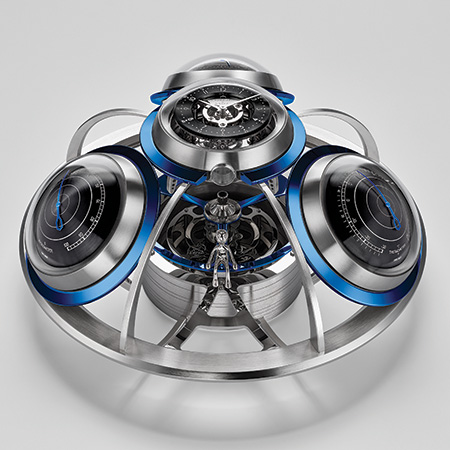
Inspiration and Design: MB&F founder Maximilian Büsser had long looked for a beautiful vintage desktop weather station for himself, but could never find exactly what he was after; so with then intern-designer Stefano Panterotto he set about developing his own. The Fifth Element is a confluence of fantasies from classic UFO films, books, and comics of the 1950-60s with the desktop weather stations that were popular before weather forecasts were available on our phones.
The team researched weather stations across the last 100 years as well as the concepts of transparency, biomorphism, and both “inclusion” and “swarm” in animal/insect worlds.
While the Fifth Element was to be larger than its individual elements, each element had to be a strong standalone feature in itself: the team identified and came to understand each element, their stories, and how to feature them in a highly original way without concealing mechanical features.
After defining the four elements, the next step was the design of the Fifth Element, the hub in which the pods are housed. The challenge was to create an archetypical UFO of the 1950-60s, but without concealing any of the four elements.
Different structures and shapes were tried and tested, including a vertical configuration, before the final form was validated. Even then the process wasn’t finished as the first prototype looked a little too old-fashioned for MB&F, so it was tweaked yet again.

The pieces making up the complex framework of curves and circles composing the structure of the Fifth Element had to be milled from solid blocks of brass in a process taking many hours. Even with all of that metal removed to make a visually light and open frame, you can feel the inherent solidity and quality in the construction.
Each of the four elements is composed of an outer case containing the core instrument of each module and can be placed on the Fifth Element structure. The clock had to be reengineered for a vertical escapement on the side for visual access.
The four elements – clock, barometer, hygrometer, and thermometer – are not only detachable and interchangeable; thanks to integrated support they can also stand, returning to the mothership when required.
In addition to the 8-day clock at the top of the Fifth Element, L’Epée created a second independent clockwork mechanism supported on bearings in the base and activated by a pushbutton. This starts Ross the alien pilot slowly rotating around the mothership as though constantly scanning the skies for both inclement weather and hostile invaders.
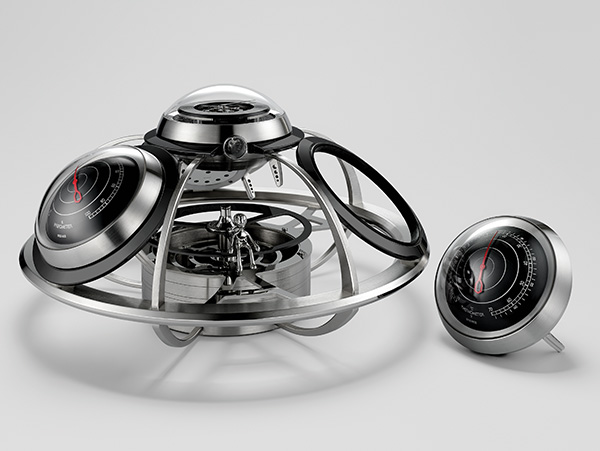
The Clock Element movement features the same types of superlative fine finishing found on the finest wristwatches, including Geneva waves, beveling, polishing, sandblasting, and circular and vertical satin finishing. However, finely finishing a clock movement is far more challenging than finishing a wristwatch because of the greater surface areas of the larger components. While it’s usually the minuscule size of watch components that makes them so difficult to produce and hand finish with high precision, it was the opposite case for the Fifth Element in that its relatively large size diameter made manufacturing and decoration difficult. Hand polishing tiny watch parts is labour intensive but that pales in comparison with hand finishing the relatively massive surface areas on the components making up the Fifth Element. The rotating base brought its own challenges as it was already difficult to source ball bearings of the size and strength necessary to support the substantial weight, but finding bearings manufactured to the precision demanded by the project made it even more so.

